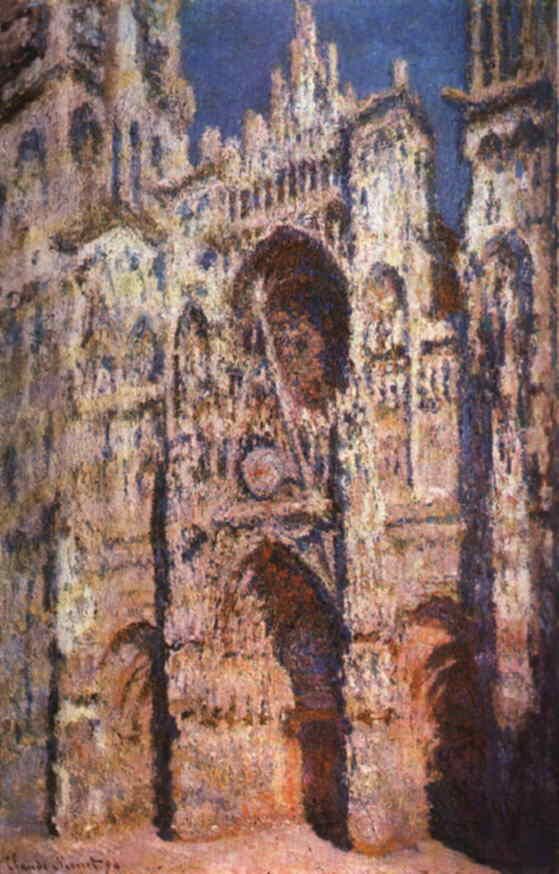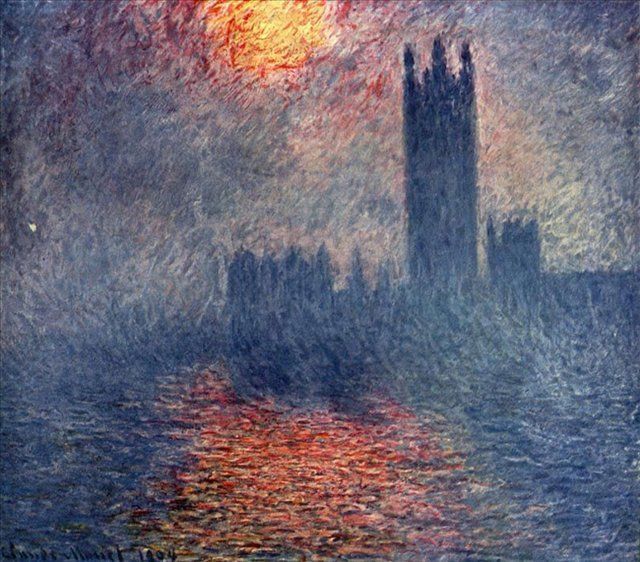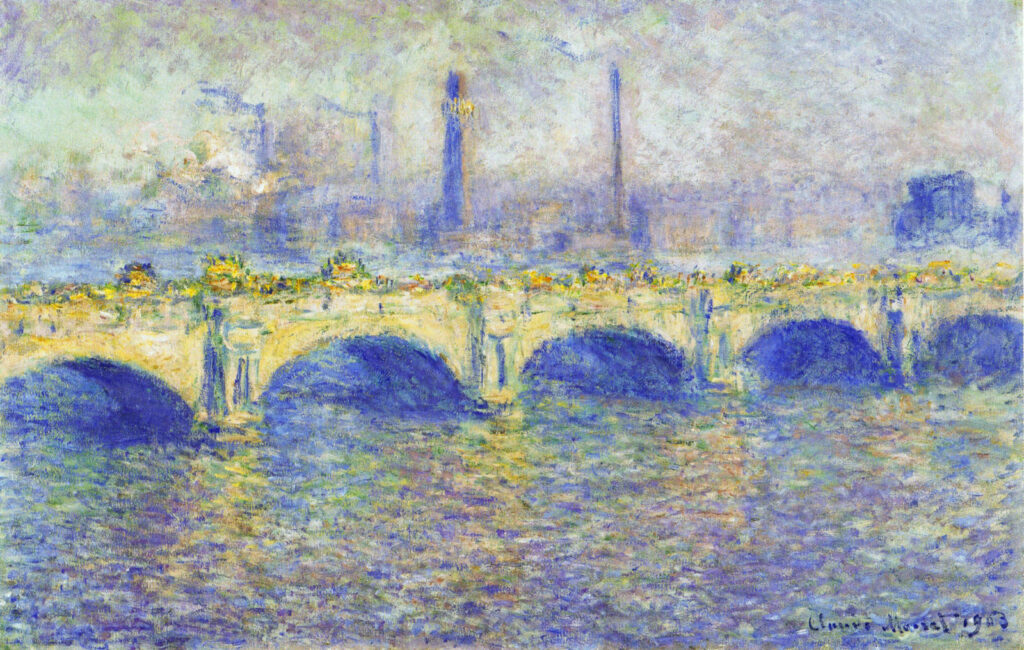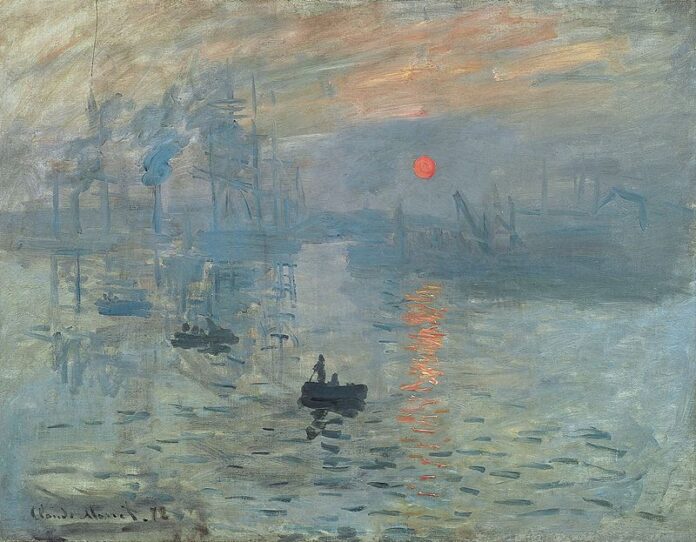Claude Oscar Monet is the first impressionist artist who captured not objects and phenomena, but what lives with us in our little eternity – impressions. He was born in Paris in 1840, despite his parents, he became not a merchant, but a revolutionary artist. His revolution is the victory of light and color over outlines, the victory of love over rationality.
Today Monet is in the top three most expensive artists in the world. Art historians do not even undertake to evaluate some of Monet’s paintings. Monet changed art and created a new painting technique – fractional strokes.
Monet has been called the “Raphael of water” and the “discoverer of color”. The effect of the “captured moment” is also associated with his name, for he made a lot of efforts to embody the fleeting states of nature in painting.

Monet’s name was inextricably linked with the study of the visual possibilities of light. In addition, Monet can be considered the forerunner of Neo-Impressionism, a movement that directly followed Impressionism.
In Monet’s paintings, we find the first signs of interest in the works of art and philosophy of the East, so popular among today’s artists. The name Claude Monet is often associated with such achievements of the pictorial method as the transfer of elusive transitional states of lighting, the vibration of light and air, and their interrelation in the process of incessant changes and transformations. Without exaggeration, we can say that Monet changed art.

One of the first, Claude Monet begins to create a series of paintings in which the same motif is repeated at different times of the year and day, under different lighting and weather conditions. This is how his famous series dedicated to Saint-Lazare station, fields of flowering poppies, Rouen Cathedral, London bridges, etc appeared. With fleeting, careless strokes, Monet painted a field swaying from the breeze and a street of Paris full of movement.
He knew how to convey on the canvas both the sultry haze of a summer day and the wet snow of a mild French winter.

Monet traveled a lot. He traveled to Norway, Venice, Antibes, Switzerland, Holland, and England. Monet’s painting “Waterloo Bridge. Fog Effect” is considered one of the best Monet paintings dedicated to England. It is amazing how accurately the picture conveys the very soft magical, airy atmosphere of London. Such a light and at the same time dense volume, which is intangible, was achieved with the help of a huge number of transitional tones. Their shades are indistinguishable and are made with a such high skill that we will not see anything but an oil canvas until we move further from the picture.
Monet’s paintings were a huge success. The painting of the French artist is an enthusiastic and endless admiration for nature, the beauty of which he wanted and knew how to convey in his special, subtle, and sensual style. This unusual artistic vision became the basis of the pictorial manner of a whole trend in art – impressionism, one of the founders of which is Claude Monet.

























